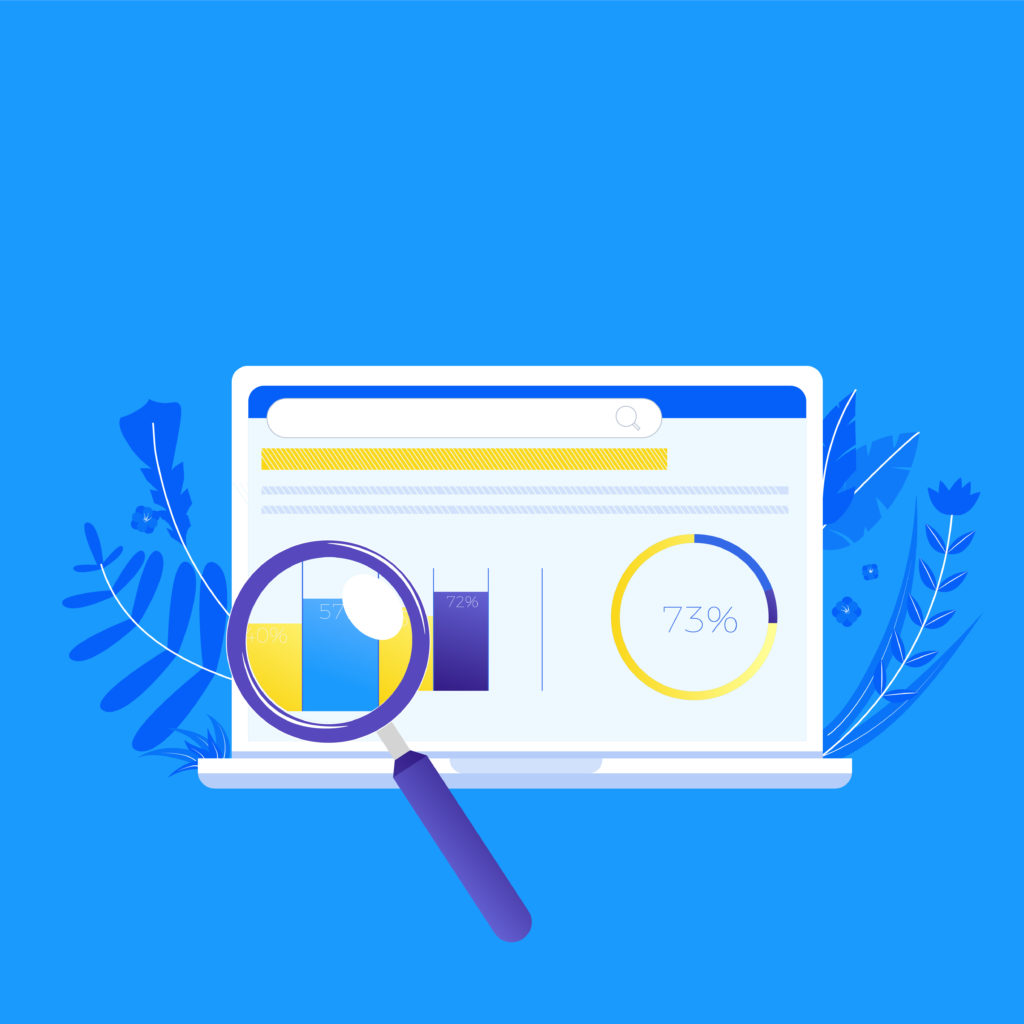Before we get to what toxic backlinks are, how they hurt your rankings, and how to fix them, it is first important to understand what backlinks are.
A backlink is a link from another website that refers to your blog article or website.

In the world of SEO, backlinks are a crucial factor in determining the ranking of your website. However, not all backlinks are created equal. Some backlinks can actually hurt your website’s ranking and reputation, and these are known be toxic.
What Are Toxic Backlinks?
Toxic links come from low-quality or spammy websites that have the potential to harm your website’s ranking and reputation. These links often violate Google’s guidelines and can be unnatural, irrelevant, or malicious.
Examples of toxic backlinks include paid links, links from link farms, links from spammy directories, and links from websites with a high spam score.

How Do Toxic Backlinks Hurt Your Website?
Toxic backlinks can hurt your website’s ranking and reputation in several ways.
First and foremost, these bad links can have Google penalize you. According to the update of the Penguin algorithm several years ago, having a lot of low-quality links pointing to your website can inevitably lead to Google trusting your source less. This is also going to negatively impact your overall E-A-T(Expertise, authority,trust) score thus it important to avoid these type of links at any cost.
When Google detects that your website has toxic backlinks, it can lower your website’s ranking or even remove it from the search results. Furthermore, these bad links can damage your website’s reputation. When visitors see that your website has links from spammy or irrelevant websites, they may view it as untrustworthy or of low quality and will likely not spend much time on it, reducing your overall traffic.
What Can You Do About Toxic Backlinks?

The first step in dealing with toxic backlinks is to identify them. You can use tools such as Ahrefs, SEMrush, or Google Search Console to identify toxic backlinks. Once you have identified toxic backlinks, you can take several steps to deal with them:
Related Links:
Use SEMRush to identify toxic links: https://www.semrush.com/blog/toxic-links-guidelines/
- Disavow the Toxic Backlinks: You can use Google’s Disavow Tool to disavow toxic backlinks. This tells Google that you do not endorse these links and that you want to disassociate your website from them.
- Contact the Website Owners: You can try to contact the owners of the websites with toxic backlinks and ask them to remove the links. However, this approach is not always successful, and it can be time-consuming.
- Create High-Quality Content: By creating high-quality content that people want to link to, you can attract natural and relevant backlinks. This will help you to replace toxic backlinks with high-quality backlinks.
- Build High-Quality Backlinks: You can build high-quality backlinks by creating shareable content, guest posting on relevant websites, or collaborating with other websites in your industry. This will help you to improve your website’s ranking and reputation.
- Run a backlink audit to double-check any spammy links by using the toxic score to quantify any links that are harming your organic performance and then remove them to avoid issues in the future.
- Analyse the backlink profile of links and check their “Domain Authority” or DR. If they come from trusted sources, their domain score will likely be high. For example, Wikipedia, Search Engine Journal, WordStream or HubSpot Blog are common examples with high DR.
- Avoid link schemes. These are essentially people selling links to you looking for a quick way to boost your search engine rankings. You have to validate these sources by analysing their link profile to see if they’re actually legitimate or just scamming you.
Key takeaways
Toxic backlinks pose a significant threat to both the ranking and reputation of your website. It’s essential to have an understanding of what toxic backlinks are and the damage they can cause to your website, leading to reduced organic traffic and revenue. By taking the necessary steps to protect your website’s SEO and online reputation, you can safeguard your website from the negative impact of toxic backlinks.
By disavowing these types of backlinks, contacting website owners, creating high-quality content, and building high-quality backlinks, you can ensure that your website is in good standing with Google and your visitors.
If you want to boost your SEO efforts and continue to get high-quality backlinks, contact us. We are a reputable link provider in Thailand offering Thai outreach links and manually curated Thai guest posts.
If you are interested in learning more, please do not hesitate to reach out and we can provide you with assistance regarding your backlink profile.
